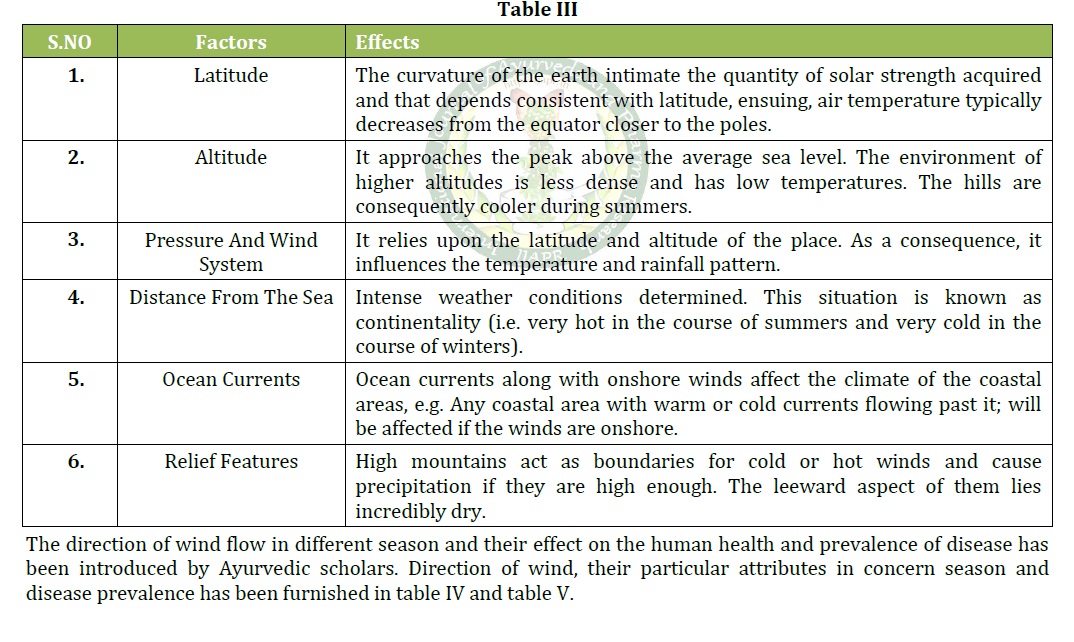Role of Climate on Human - Concept of Ayurveda
DOI:
https://doi.org/10.47070/ijapr.v10i4.2305Keywords:
Kaala, Atura Avastha, Avastika Kaala, Aturavastha, AvasthikaAbstract
Dual concept has been recognized in appreciation of Kaala or time employing the scholars of Ayurveda. Saambatsara or Nityaga Kaala denotes the year and climate changes throughout the year and Atura Avastha or Avastika Kaala stands for the health repute along with ailment prevalence and their control about the weather changes. The weather change can steer the earth’s biological structures. Developing countries with restricted assets are expected to face a host of health consequences because of weather change, along with vector-borne and water-borne diseases. The distribution of infectious ailment includes complex social and demographic factors. Global climate change is a phenomenon this is now taken into consideration strongly associated with health and hazards. The outcomes of climate change on exposed biological incidences, in addition to societies prone to expose with disease, are a challenge for the complete scientific community. Rising temperatures, warm waves, floods, tornadoes, hurricanes, droughts, fires, lack of forest, and glaciers, in conjunction with the disappearance of rivers and desertification, can directly and circuitously concern with human pathologies which can be physical and mental.
Downloads



